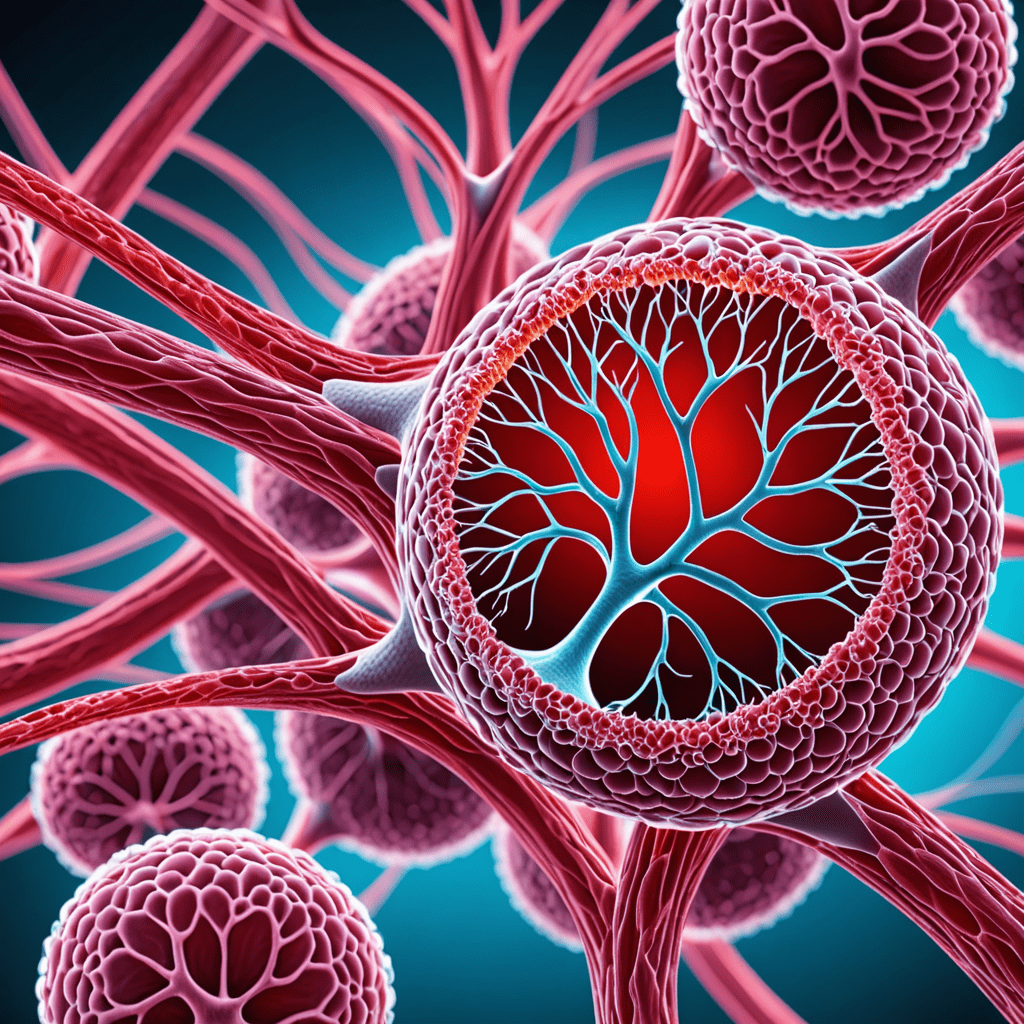
Nanotechnology in Tissue Engineering: Regenerating Tissues for Healing
Introduction to Nanotechnology in Tissue Engineering
Nanotechnology has revolutionized the field of tissue engineering by offering innovative solutions for regenerating damaged tissues to promote healing. By utilizing materials at the nanoscale level, scientists can create structures that mimic the natural environment of cells, facilitating the regeneration of tissues in a more efficient and precise manner.
The Role of Nanomaterials in Tissue Regeneration
Nanomaterials, such as nanoparticles and nanofibers, play a crucial role in tissue regeneration. These materials can be designed to mimic the extracellular matrix, providing a scaffold to support cell growth and facilitate tissue formation. Additionally, the small size of nanomaterials allows for targeted delivery of therapeutic agents to specific areas, enhancing the healing process.
Benefits of Nanotechnology in Tissue Engineering
One of the key benefits of using nanotechnology in tissue engineering is the ability to tailor scaffolds and materials to meet the specific needs of different tissues. This customization ensures optimal support for cell growth and regeneration, leading to more successful outcomes in healing damaged tissues.
Applications of Nanotechnology in Regenerative Medicine
Nanotechnology has found diverse applications in regenerative medicine, including the regeneration of bone, cartilage, skin, and nerve tissues. Through the development of nanomaterial-based scaffolds, researchers are exploring new ways to address tissue damage and promote faster healing processes in various medical conditions.
Challenges and Future Directions
Despite the promising advancements in nanotechnology for tissue engineering, there are challenges that need to be addressed, such as the long-term effects of nanomaterials on the body and the scalability of manufacturing processes. Researchers are continuously working to overcome these obstacles and enhance the efficacy of nanotechnology in regenerating tissues for healing.
Ethical Considerations in Nanotechnology and Tissue Engineering
As nanotechnology continues to play a significant role in tissue engineering, ethical considerations regarding the use of nanomaterials and their impact on the environment and human health are crucial. It is essential for scientists and policymakers to prioritize safety and sustainability in the development and implementation of nanotechnology-based solutions for tissue regeneration.
Conclusion
In conclusion, nanotechnology has paved the way for groundbreaking advancements in tissue engineering, offering new possibilities for regenerating tissues and promoting healing. By harnessing the power of nanomaterials and innovative technologies, researchers are moving closer to developing cutting-edge solutions that have the potential to transform the field of regenerative medicine.
FAQs about Nanotechnology in Tissue Engineering
What is Nanotechnology in Tissue Engineering?
Nanotechnology in tissue engineering involves the manipulation of materials at the nanometer scale to create structures that mimic natural tissues, aiding in the regeneration and healing of damaged tissues.
How does Nanotechnology aid in Tissue Regeneration?
Nanotechnology allows for precise control over the properties of materials used in scaffolds and delivery systems, promoting cell growth, differentiation, and tissue regeneration at a molecular level for effective healing.
What are the Benefits of Nanotechnology in Tissue Engineering?
Benefits include enhanced biocompatibility, controlled drug delivery, improved cellular interactions, and the ability to replicate the complex structures and functions of native tissues, leading to more successful tissue regeneration and healing processes.
Are there any Challenges with Nanotechnology in Tissue Engineering?
Challenges include potential toxicity of nanoparticles, regulatory issues, scalability of production, and long-term effects on the environment. Researchers are actively addressing these challenges to ensure the safe and effective application of nanotechnology in tissue engineering.


